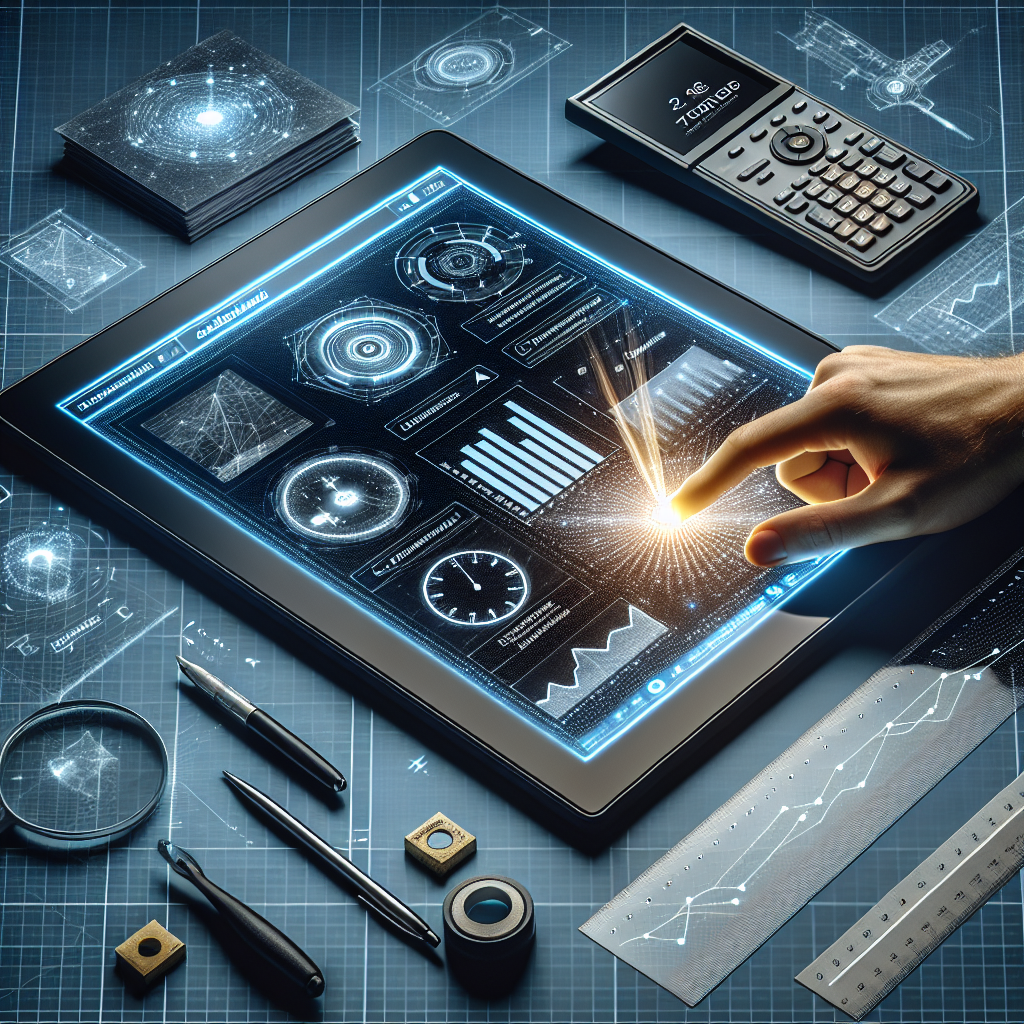Introduction
Infrared touchscreens are widely used in various devices and industries due to their high accuracy, durability, and multi-touch capability. Understanding how these touchscreens are calibrated is crucial for maintaining their performance and extending their lifespan. This article provides a detailed insight into the calibration process of infrared touchscreens.
What Are Infrared Touchscreens?
Infrared touchscreens, also known as IR touchscreens, utilize an array of infrared light beams across the surface of the display. When a user touches the screen, they interrupt these light beams, and the location of the touch is determined by the interruption points. Here is an overview of the main components of an infrared touchscreen:
| Component | Function |
|---|---|
| Infrared Emitters | Emit light beams across the screen |
| Infrared Sensors | Detect the interruption of light beams |
| Controller | Processes sensor data and determines touch location |
Why Is Calibration Necessary?
Calibration ensures that the touchscreen’s input is accurate and responsive. Over time, various factors such as dirt, aging components, and environmental changes can affect the touchscreen’s accuracy. Therefore, regular calibration is essential to align the touch points with the display.
Factors Affecting Calibration
- Dirt and Debris: Accumulation of dirt can block infrared beams, causing inaccuracies.
- Component Wear: Aging sensors and emitters might require recalibration to maintain accuracy.
- Environmental Changes: Temperature and humidity fluctuations can affect the infrared light’s properties.
Calibration Process
The calibration process for infrared touchscreens involves several steps. Let’s go through each step in detail.
1. Initial Setup
Before starting the calibration, ensure that the touchscreen and the display device are properly connected and powered on. Clean the screen surface to remove any dirt or debris.
2. Software Calibration
Most infrared touchscreens come with calibration software. This software guides the user through the calibration process. Here’s how it typically works:
- Launch the calibration software provided by the touchscreen manufacturer.
- The software will display a series of targets on the screen.
- Touch each target accurately when prompted by the software.
- The software records the touch points and adjusts the touch mapping accordingly.
3. Hardware Adjustment
In some cases, hardware adjustments may be necessary. This involves checking the alignment of the infrared emitters and sensors.
- Inspect the infrared emitters and sensors for any misalignments or obstructions.
- Adjust the position of emitters and sensors to ensure they are correctly aligned.
- Verify that all infrared beams are unbroken and operating correctly.
4. Testing and Validation
Once the calibration process is complete, it is important to validate the accuracy of the touchscreen.
- Perform various touch actions, such as swipes and multi-touch gestures, to ensure accuracy.
- Check for any dead zones or areas where the touch is not registering correctly.
- Make adjustments if necessary and retest.
Advanced Calibration Techniques
In some advanced applications, additional calibration techniques may be used to enhance accuracy and performance.
Dynamic Calibration
Dynamic calibration adjusts touch settings in real-time based on user interactions. This approach can improve accuracy and responsiveness, especially in variable environmental conditions.
Self-calibration
Some modern infrared touchscreens feature self-calibration capabilities. These systems periodically recalibrate themselves automatically, reducing the need for manual intervention.
Benefits of Proper Calibration
Proper calibration offers several benefits:
- Enhanced Accuracy: Ensures that touch inputs are accurately mapped to the display.
- Improved User Experience: Provides a smooth and responsive touch experience.
- Extended Lifespan: Reduces wear and tear on touchscreen components.
- Reduced Maintenance: Minimizes the need for frequent manual recalibration.
Conclusion
Calibration is a critical aspect of maintaining the performance and accuracy of infrared touchscreens. By understanding and following the calibration process, users can ensure their touchscreens deliver optimal performance and a satisfying user experience. Regular calibration, along with advanced techniques, can greatly enhance the effectiveness and lifespan of these touch-sensitive devices.
